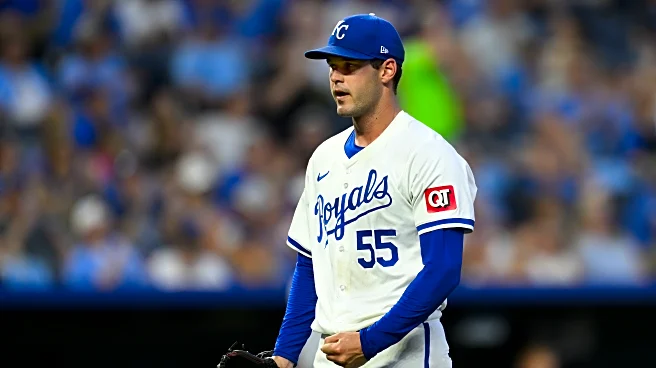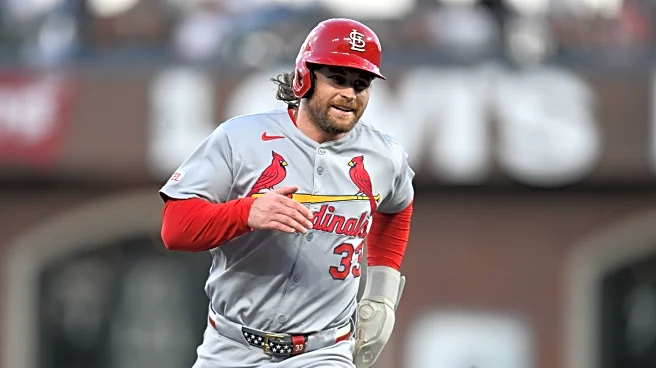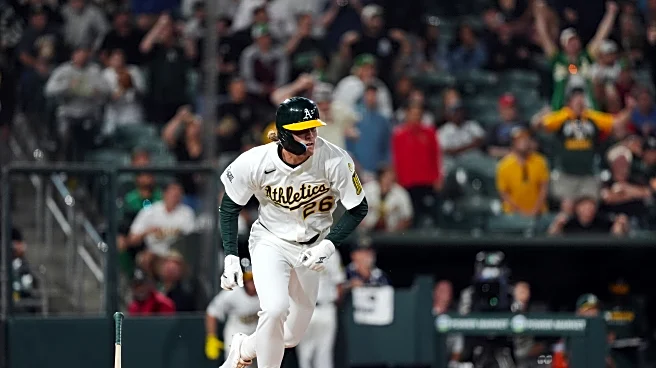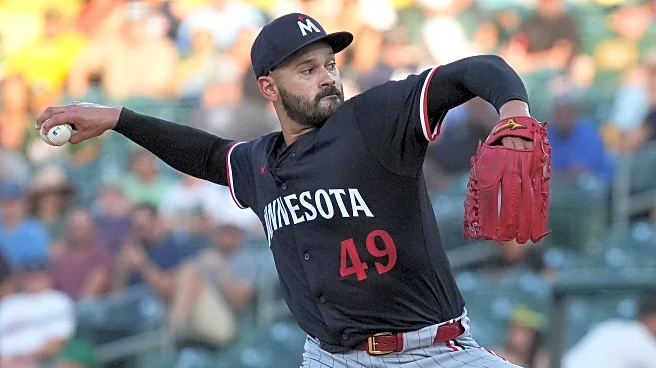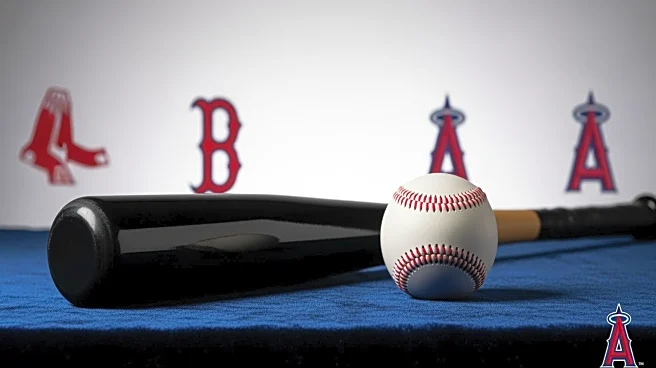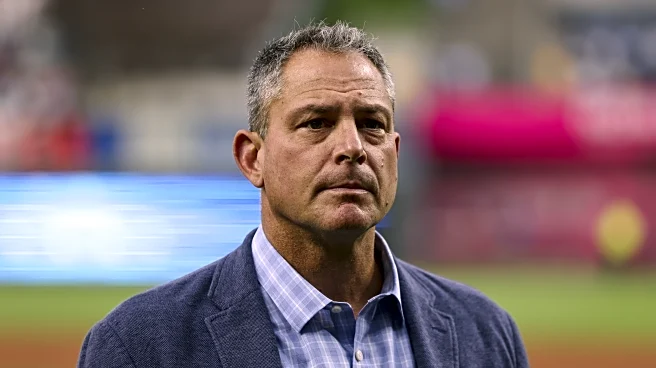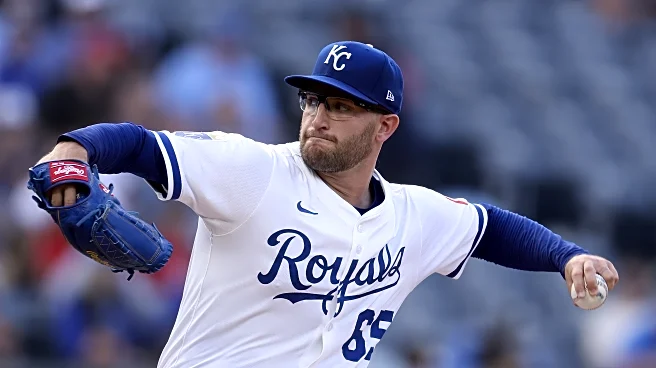It seems like a lot of people are assuming the Royals can trade from their starting pitching depth, and I felt like I wanted to be one of them. However, I started thinking about how deep is this depth that
they would be trading from? There are a lot of arms that could start in KC in 2026, that is true, but that is not enough to consider it sufficiently deep to definitely trade from.
Let’s start with the top five, a solid rotation assuming everyone stays healthy.
- Cole Ragans – coming off a shoulder injury
- Seth Lugo – coming off a back injury (and turning 36)
- Kris Bubic – coming off a shoulder injury
- Michael Wacha
- Noah Cameron
Three of the five have significant question marks and Wacha is no spring chicken. Ragans did look very good down the stretch, so assuming his health is less scary than Bubic or Lugo, but he also has a somewhat lengthy injury record for such a young player. Kris Bubic is going into his last year of team control, which would make him a nice trade candidate, but no team in their right mind is going to give the Royals full value for him without seeing him on a mound first. The idea of two pitchers having similar shoulder injuries, as Ragans and Bubic are purported to have had, and then both come back and are fine just seems like a lot of wish casting. If either of them is unable to perform and Seth Lugo is not able to get back to 100%, this rotation becomes a very different look. Luckily the additions made at the deadline might smooth that over some.
- Ryan Bergert – coming off of “forearm tightness”
- Stephen Kolek
- Bailey Falter
Both Bergert and Kolek availed themselves well in their short time with the Royals, so if they slot in because two of the main starters are not able, maybe this is still a good rotation. Forearm tightness is always a scary diagnosis. Counting on Bergert to step in and be average, let alone as good as he was before the injury, is another risk. Now you are starting to have to think about Bailey Falter getting a significant number of starts if anything goes wrong, and nothing we have seen from Falter says that that would be a good idea.
Does having half of the starters with question marks mean this is not a group you can trade from? I don’t think so. It just means that if the team decides to trade a starter, then there needs to also be another arm or two added to make sure there is adequate rotational depth. In the past that might also have been a scary proposition, but this front office has shown a consistent ability to bring in pitchers and make them more effective. That even gives me some hope for Bailey Falter if they can help him over the offseason or come with a plan for him in the spring that could give him a little better arsenal. This could also be what the addition of Mason Black was about if they have identified a way to bring him up to a new level.
If the Royals want to trade an arm for a bat, and man I hope they trade for a good bat, then it is the ancillary moves that are going to become important. The rotation has been the strength of the team the last two years and it would be bad if a couple of the front line go down and make it into a weakness. I would also prefer to avoid another situation where they are needing to add players like Rich Hill and Dallas Keuchel like last season when the wheels were coming off a bit.
It might make more sense to enter the trade market thinking that Blake Mitchell is going to be the main prospect to be packaged with some bullpen arms or other MLB talent that is not considered part of the core going forward. Unfortunately, there is not much on the position player side of the big-league team that is both valuable to other teams and expendable for Kansas City’s perspective, and that is why starters may need to be a part of any larger acquisitions. Expect them to backfill the starting depth if a Noah Cameron or other arm becomes the ammunition necessary to get the real outfield bat that they so desperately need.
